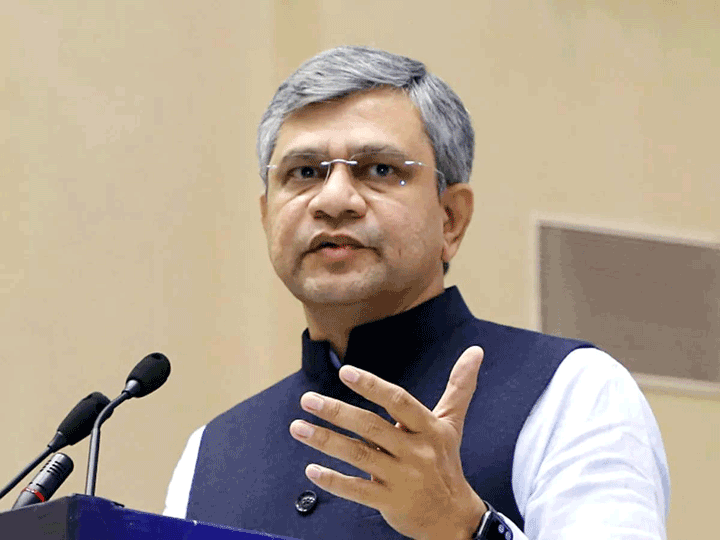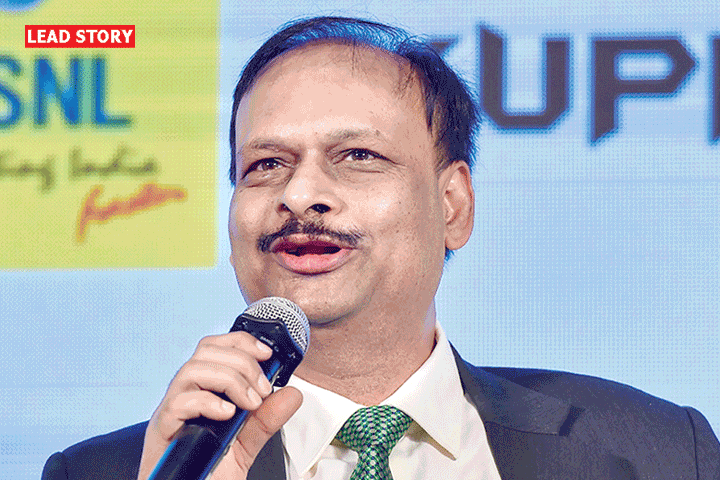Indian telcos need to aggressively deploy massive mimo tech improve 4G: Ericsson
Swedish telecom gear maker said Indian telecom operators need to aggressively deploy massive mimo, a pre-5G technology to address the capacity-related network issues in urban areas in India, besides deploying new sites to provide coverage in rural parts.
“The Indian market is very interesting. The operators generally are spectrum limited, which is very difficult to meet the growth in traffic. This is really where the operators need to segment the network. Look at the dense urban areas for key traffic hotspots and drive capacity through massive MIMO technology that is applicable both in 4G and 5G,” David Hammarwall, Head of Product line 5G RAN, told ET in a recent interaction.
In India, Bharti Airtel, Vodafone Idea Limted (VIL) and Reliance Jio have started to deploy massive mimo technology in some of the metro cities that are seeing huge traffic growth resulting in bad data speed experience.
Hammarwall said that Indian telcos can also look at deploying new bands going ahead to improve network speeds and experience, and can introduce 5G even using the older bands along with new bands.
“The journey is quite long because you need to modernize your network. So, of course, they should start to think about where to start deployments. Then they can modernize the site for deployment. Then there are a lot of interesting use cases that can drive business for sure,” he added.
The executive also said that telcos should focus on microwave solutions using E and V band to create a strong backhaul to connect mobiles where fibre is not available and eventually for 5G services as well.
Airwaves in the E and V bands, however, are still not available for commercial deployment. Indian telcos have been pushing for the auction of these airwaves.
Airwaves in the E and V bands can transmit data with speed of around 1,000 megabit per second and is also called fibre wireless or fixed spectrum, because like fibre it has the capacity to carry bandwidth since it is point-to-point, but it is not used for direct mobile connectivity.
“Fibre is a very good backhaul. But there are mini-link microwave solutions that provide very low latency. In India, particularly, the vast majority of towers today are connected to mini-link or microwave, and the new generations of mini-link have the kind of characteristics that fibre show,” he added.
Ericsson is currently working with Bharti Airtel and state-run BSNL around 5G. “We are learning a lot from these agreements. We have global MoUs as well that has resulted in innovations around good rural coverage. Such innovations are highly applicable to India because India specific solutions are all about getting the advanced technology onto the sites in a cost and site space effective way,” he added.
Ericsson is hopeful that India will have commercial 5G service launched by 2020. It recently received an invitation letter from the telecom department to conduct 5G field trials in India
“…over the next year, you will probably have products in 5G and you have high-end smartphones that support 5G. Then it becomes more of when does it make market sense to introduce that in the Indian market. So, I am saying that the products and devices will be available over the next year but if I look at the timing when you will have the volume of devices, then it is 2020,” he added.











